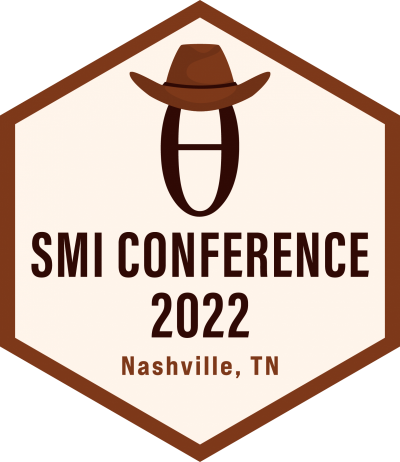Wednesday, May 25, 2022 • 10:45 am–12:15 pm (CT) • Light Hall, Room 202
Instructors: Jordan Creed, Alex Soupir, and Brooke Fridley, Moffitt Cancer Center
New technologies, such as multiplex immunofluorescence microscopy (mIF), are being developed and used for the assessment and visualization of the tumor immune microenvironment (TIME). These assays produce not only an estimate of the abundance of immune cells in the TIME, but also their spatial locations. However, while the use of this technology continues to grow, options for conducting statistical analyses have remained limited to cell abundance. To address the lack of tools available for the spatial analysis of mIF, we have developed the spatialTIME R package and iTIME Shiny application. These tools provide a permutation-based framework for spatial analysis using Ripley’s K and nearest neighbor G statistics to assess departure from complete spatial randomness. Additionally, one can determine co-localization of immune cells in the TIME. Using existing de-identified mIF data, this workshop will walk participants through the data cleaning and analysis of Vectra mIF data using the spatialTIME package. Analysis will include calculating Ripley’s K and correlating the spatial contexture to clinical information, as well as plotting the data for individual tumor samples. The same data will also be used to demonstrate the iTIME application which provides a simplified interface for conducting univariate analysis with multivariate and spatial visualizations. Information gleaned through spatial analysis of the TIME could lead to the identification of novel biology related to the spatial architecture of the TIME and how it relates to patients’ responses to immunotherapies and overall survival.
